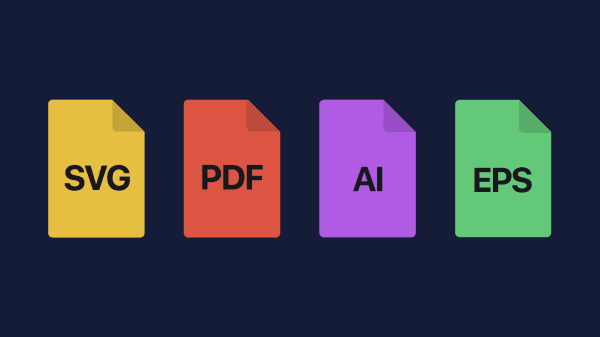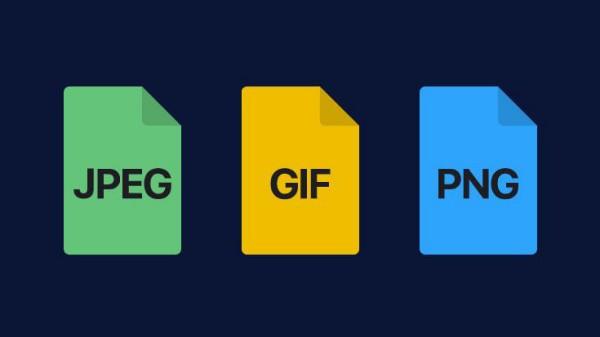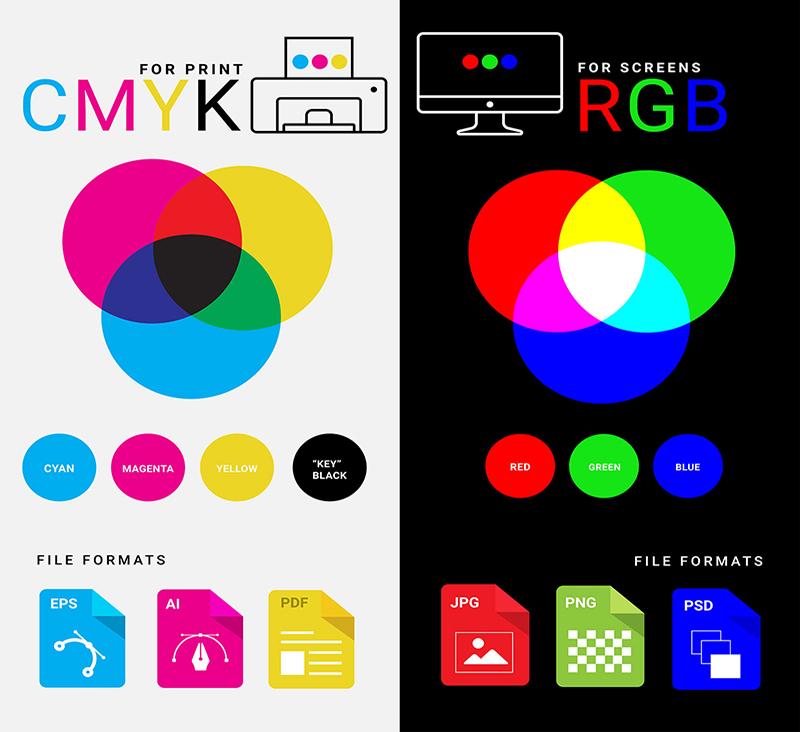Work with care, creativity, and speed, we are dedicated to creating high-quality but cost-effective packaging for you. Services have been provided since your first message. It’s not just a packaging box, but your value from the entire packaging chain. Anytime you have no idea, we're here to give you some advice.
Email: [email protected] WeChat: 0086 18050061952
Address: Unit 510, No. 168 Yuehua Road, Huli district, Xiamen 361006, China

Why a graphic deisgn or artwork file is so important in the printing industry? You can imagine, if the artwork is wrong before printing, how the printed result can be correct. An irregular artwork may cause various problems in printing, and the printed effect may be unclear or have various problems, which may not meet the customer's expectations. At the same time, the printing factory needs to spend a lot of time to adjust the file to make it workable for printing.
Another reason is any mistakes and errors have high correction costs. Once an error on a printed job, it may cost up to thousands of dollars in lost material cost and require a full redo. For orders with urgent delivery dates, this will waste time and may result in failure to deliver on time, causing a series of unforeseen losses.
A wide range of artwork formats is acceptable. Your design should be in vector format or 300dpi raster graphics to ensure the highest print quality. What is the difference between Vector and Raster formats?
Vectors, usualy in .Al, .EPs, .SVG and .PDF file formats, are source files that can be sent to the printer directly, while bitmap or raster images are more"usual" output file types, such as JPG, .GlF, PNG, TIF, etc., if you require high-resolution files, at least need to be 300dpi.
Bitmap or raster images are made up of pixels, vector files are made up of lines described by equations. This means that as you zoom in on a bitmap image it will become"grainy" low resolution and lose quality, while a vector file will stay smooth and sharp, still keeping high resolution and no loss of quality.
Preferably send us vector formats, better save as PDF(Press Quality).

Vector Formats

Raster Formats

Vector VS Raster

RGB stands for Red-Green-Blue, it's an additive color mode commonly used for digital media screen display on computers, phones, TVs, etc, colors are brighter and more vivid. CMYK stands for Cyan-Magenta-Yellow-Black, it's a subtractive color model, ideal for designs that will be printed with ink, such as magazines, posters, brochures, etc, colors are not so bright as under RGB mode.
RGB has a wider range of colors than CMYK mode, so some colors that appear on a screen can't be reproduced exactly on paper. In printing, all RGB color modes need to be converted to CMYK mode, so we highly encourage you to use CMYK mode for your graphic design.
Converting your text to outlines changes your text to shapes and removes all font information from the file. The text is no longer editable, and font errors are voided,the texts can be printed exactly as intended.To outline them in Adobe Ilustrator,select all texts and choose Type>Create outlines.

Embedded images will not show missing because they are already part of the illustrator document.Even though you delete the original images (links) on your computer, your embedded images will stay in your Al file. You can open the AI file on different devices and still be able to view the images.

Proofread documents in detail before printing,and make sure to check no speling mistakes and missing digits, we assume no responsibility for typographical errors or grammatical mistakes.
Our professional team can accommodate a wide range of design needs, we will double-check your graphic design artwork and show you print proof which marks printing colors and finishing requirements before printing.This wil maximumly ensure the accuracy of your artwork.